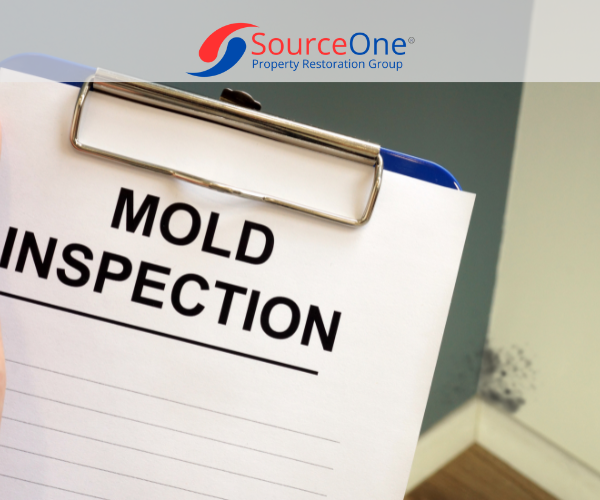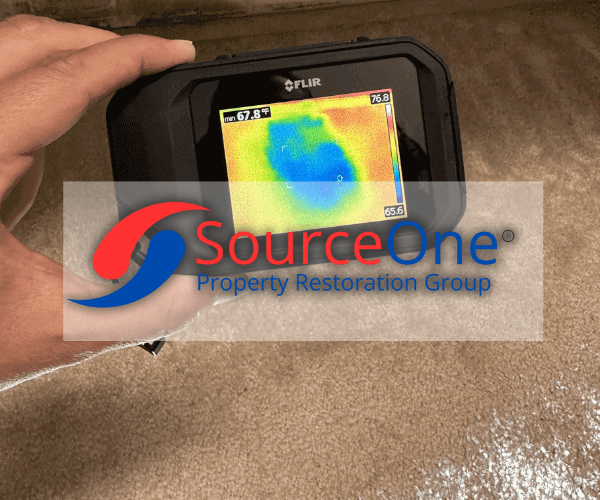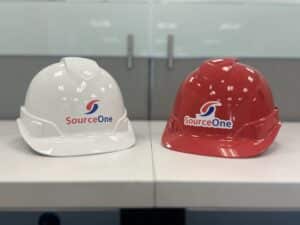
Lenny Brooks
Published Date: 08-19-25
5 Early Signs of Water Damage You Shouldn't Ignore
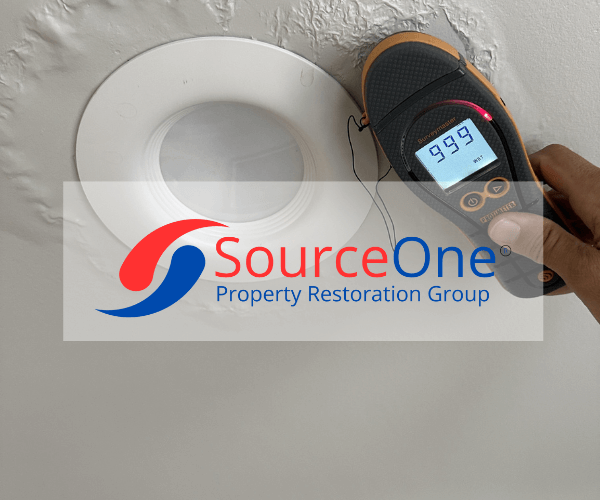
I. Introduction
Water damage is one of the most common and costly problems property owners face in South Florida. Fort Lauderdale’s humid climate, heavy rainfall, and proximity to the ocean put local buildings at high risk for leaks and flooding. In fact, nearly 100% of buildings in Fort Lauderdale are at risk of flooding, and the risk level is considered high. Extreme weather events have shown this vulnerability – for example, in April 2023 an astounding 26 inches of rain fell in Fort Lauderdale in a single day, causing widespread flooding. Untreated water intrusion can quickly lead to structural issues, toxic mold growth, and safety hazards.
Recognizing early signs of water damage can save you thousands in repair costs and prevent health risks. Often, the earliest indicators are subtle – long before you ever see standing water. This guide will help you spot five key warning signs of water damage so you can act on them before the problem worsens.
SourceOne Property Restoration Group specializes in water damage restoration services in Fort Lauderdale and nearby areas. Our team is available 24/7 for emergencies. Whether it’s a minor leak or a major flood, it’s critical to spot and fix early signs of water damage quickly. Acting fast will protect your property and reduce the need for expensive repairs.
(Aside from the obvious signs like visible leaks or pooled water, keep an eye out for the following early indicators that often go ignored.)

Sign 1: Unusual Stains or Discoloration on Walls and Ceilings
One of the earliest signs of water damage is unexplained stains or discoloration on your walls or ceilings. These spots often develop where water is seeping in from a hidden leak or condensation. In South Florida’s humid climate, such stains often appear after heavy rains or plumbing leaks inside walls. They might start as yellowish-brown water rings or patches that darken over time.
Water stains are usually light yellow, amber, or brown in color (though the shade can vary depending on the water source and materials). If left unaddressed, the discoloration will spread, indicating the underlying problem is growing. Don’t ignore these stains. They often mean water is saturating drywall, insulation, or wood behind the surface, which can lead to mold, deteriorated drywall, and wood rot.
If you notice new stains, investigate promptly for water damage. Touch the spot – is it damp or soft? Also check for accompanying signs like a musty smell or peeling paint nearby. These clues can help trace the source, whether it’s a leaky roof, a broken pipe, or condensation from an AC vent. Acting quickly to repair the leak and dry out the area can prevent costly structural damage and dangerous mold infestations.

Sign 2: Musty or Damp Odors
A musty or damp smell in a room is often a red flag for hidden water damage. If you sense that telltale “old basement” odor, it usually means moisture has been present long enough for mold or mildew to start growing. These fungi thrive in dark, damp spaces – exactly the conditions created by a hidden leak or chronically moist area.
In South Florida, musty smells are unfortunately common in homes and businesses because of the moisture in the air. You might notice it in places like basements, closets, under sinks, crawl spaces, or even areas with carpeting. The odor comes from mold colonies releasing microbial volatile organic compounds (MVOCs) as they grow. Essentially, water has seeped into porous materials (wood, drywall, carpet, etc.), creating a perfect breeding ground for mold and mildew.
If you detect a persistent musty smell, don’t dismiss it as normal “Florida humidity.” It likely indicates hidden water damage. You should find the source of the moisture immediately. Often the smell alone is an early warning before any visible mold appears. Remember, mold can begin growing within 24–48 hours after water exposure. Fast action is critical because mold growth not only damages the building but can also harm your health – causing allergies, respiratory issues, and other problems, especially for those with sensitivities. Track down the moisture source (you may need a professional with moisture meters or infrared cameras) and address it to eliminate the odor and stop the mold.
Sign 3: Peeling or Bubbling Paint and Wallpaper
Water damage in walls shows as peeling or bubbling paint and wallpaper:
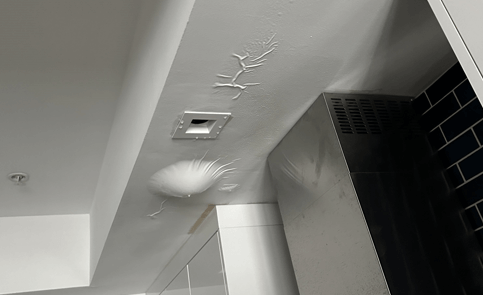
When water infiltrates your walls, one visible clue is peeling, bubbling, or blistering paint and wallpaper. Moisture seeps in behind the painted surface or wallpaper and weakens the adhesive that keeps these finishes stuck to the wall. As a result, you might see paint starting to crack, bubble up in spots, or peel away in strips. Wallpaper may begin to curl at the edges or develop air pockets and blisters.
South Florida’s humidity can worsen this issue. High ambient moisture makes it easier for any leak or dampness in the wall to stay wet and spread. You’ll often notice this damage around windows, doors, and ceilings, or near air conditioning vents – areas where condensation or minor leaks are common. Small bubbles or hairline cracks in paint are early warnings that something is wrong behind the scenes. If ignored, those little bubbles can turn into large areas of peeling paint. By then, the underlying drywall may be crumbling and the wall structure could be compromised by rot or mold.
In short, don’t just repaint over peeling sections without investigating why it happened. If you notice sudden paint damage or wallpaper coming loose, inspect for other water damage signs like stains, dampness, or odors in that area. Catching the leak early and drying out the wall will prevent more serious issues like mold growth or structural decay. Quick intervention – often with the help of a water damage professional – can save you from extensive repairs down the line.
Sign 4: Warped or Buckled Flooring

Water doesn’t just travel downward with gravity; it can also spread laterally and affect your floors. Warped, buckled, or swollen flooring is a strong sign of water damage underfoot. Materials like hardwood, laminate, and even tiles can be affected by moisture. When water saturates the subfloor or the underside of your flooring, wooden boards may warp (curve and lift unevenly) or buckle at the joints, and laminate can start to bubble or swell. Even tile can loosen if water damages the subfloor or adhesive beneath it.
In a humid area like Fort Lauderdale, even small amounts of moisture that accumulate (from, say, a slow leak or poor drainage) can eventually cause floor materials to distort. You might feel uneven, spongy, or soft spots when walking, or notice sections of floor that are raised or separating. For example, hardwood planks might cup (edges higher than center) or crown (center higher than edges), and vinyl flooring may blister. Cracks and gaps can also develop in more severe cases as materials expand and contract.
Warped floors are not just a cosmetic issue – they often hint at a serious hidden problem, like a long-term leak in a pipe beneath the floor or water intrusion through the foundation. While a surface water spill that’s cleaned up right away won’t typically cause warping, continuous moisture from below will. It’s crucial to find the source: it could be a plumbing leak, seepage from groundwater, or even water ingress after a flood or storm.
Because warped or buckling floors can undermine the structural integrity of your home (and create tripping hazards), you should address them promptly. Don’t simply replace the flooring without fixing the underlying moisture issue. If you suspect water under your floors, call professionals for a thorough inspection. They have tools to detect moisture in subfloors and behind walls. Early action – repairing leaks, improving drainage, and drying out the structure – will prevent further damage and costly floor repairs.
Sign 5: Unexplained Increase in Utility Bills
Sometimes the signs of water damage aren’t visible or even smellable – they show up in your wallet. An unexplained spike in your water bill can be a clue that you have a hidden leak causing water damage. If your water usage habits haven’t changed but you receive a significantly higher bill, it’s wise to investigate for leaks behind walls, under floors, or in the crawlspace. In Fort Lauderdale’s aging buildings (many with old plumbing), even a small, continuous leak can waste a surprising amount of water over a billing cycle.
For instance, a running toilet, a dripping faucet, or a pinhole pipe leak could leak dozens of gallons a day without you realizing it. These kinds of leaks often cause damage out of sight – inside wall cavities, under cabinetry, or beneath the foundation. By the time you notice the high bill or maybe a drop in water pressure, the surrounding materials might already be waterlogged and growing mold.
If your water bill jumps inexplicably, don’t ignore it or assume the utility made a mistake. Conduct some sleuthing: check all visible plumbing fixtures for drips, listen for hissing of running water, and look at your water meter for movement when no water is being used in the house. If nothing obvious turns up, there may be a hidden leak. Many restoration professionals and plumbers offer leak detection services using specialized equipment.
Catching a leak early will not only save you money on your water bill, but also prevent the gradual accumulation of water damage that could lead to mold growth and structural problems. Regularly monitoring your bills is a smart practice. It can tip you off to problems in time to address them before you end up with a major repair project. When in doubt, call a professional to do a thorough check – it’s far cheaper than dealing with a severe water damage scenario that went unchecked.
The Risks of Ignoring Early Signs
Ignoring early water damage signs – even minor issues like a small stain or a musty odor – can severely harm your property over time. What starts as a tiny leak or bit of discoloration can silently escalate into major damage that is expensive and dangerous to fix. Here are some of the key risks of not acting promptly:
- Mold Growth: This is one of the most immediate risks. Mold can start growing very quickly, often within 24 to 48 hours in moist areas. Once it takes hold, mold will continue spreading until the moisture is eliminated and the mold is properly removed. Not only does mold damage whatever it grows on (drywall, wood, carpet, etc.), but it also poses serious health hazards. Toxic black mold (Stachybotrys), for example, can cause respiratory issues, allergies, and worsen asthma. Long-term exposure to any mold can irritate your lungs, eyes, and skin. The longer you ignore a damp area, the greater the mold growth, and the harder (and more costly) it becomes to remediate.
- Structural Deterioration: Water is called the “universal solvent” for a reason – given time, it will break down and weaken many building materials. Wood framing and supports begin to rot, drywall turns to mush, insulation becomes compressed and ineffective, and metal can rust. Over weeks and months, a small leak can compromise the structural integrity of your home or building. For example, water-soaked wooden beams can lose their strength, and persistent leaks can erode a concrete foundation or rust through steel supports. Weakened structures can lead to unsafe conditions, such as sagging ceilings, warped wall studs, or in extreme cases, risk of collapse. What might have been a simple fix early on (like tightening a pipe or replacing a section of roof flashing) could turn into major construction work if neglected.
- Escalating Repair Costs: Water damage tends to compound over time. A tiny drip might only cost a few dollars in water usage and a quick patch to fix. But if that drip runs for months, you could be looking at replacing entire sections of drywall, flooring, and cabinetry, plus dealing with mold remediation on top of it. The longer water damage is left alone, the more complex and expensive the repairs become. For instance, a $200 plumbing fix could prevent a $5,000 wall replacement and mold cleanup job. Many insurance policies also require prompt mitigation – if you delay and the problem worsens, an insurer might even deny part of the claim for negligence. Simply put, procrastination can be extremely costly when it comes to water issues.
- Health and Safety Risks: Beyond mold, there are other health risks. Standing water and chronic dampness invite bacteria and even pests (certain insects like silverfish and cockroaches love moist environments). If water damage reaches electrical wiring or outlets, it creates an electric shock and fire hazard. Wet materials like carpet and upholstery can harbor dust mites and other allergens. If greywater or sewage is involved (from a drain line leak or flood), that introduces harmful pathogens into your living space. Ignoring a water issue that involves contaminated water can put your family at risk of infections or illness. The bottom line is that water damage can make your home unhealthy and unsafe if not addressed.
In South Florida especially, where high humidity and frequent storms up the odds of water intrusion, it’s vital to act on early signs of water damage. What seems like a minor nuisance can turn into a major emergency if left unchecked. The sooner you tackle the warning signs, the easier and cheaper it is to restore your property and keep everyone safe.
SourceOne Property Restoration Group’s Water Damage Restoration Services
At SourceOne Property Restoration Group, we prioritize quick and effective water damage repair. Our certified team offers complete water damage restoration in Fort Lauderdale and nearby areas. Whether it’s a small leak or a big flood, we have the skills and tools to restore your property.
Here’s our process:
- Inspection: We start with a detailed check to gauge the damage. Using advanced tools, we find all affected areas, even hidden ones.
- Water Removal: Next, we quickly remove standing water with powerful pumps. This step stops further damage and mold.
- Drying: Then, we dry the areas using air movers and dehumidifiers. This prevents mold and structural issues.
- Cleaning: We sanitize the affected spaces to remove harmful bacteria and mold.
- Repairs: Finally, we fix any damage, from replacing drywall to major repairs.
Our team is ready 24/7 for emergencies. With years of experience in South Florida, we know the local challenges. We’re ready for any situation.
If you notice signs of water damage, don’t delay. Contact SourceOne Property Restoration Group for a free consultation and quick service.
Conclusion
Water damage can start small but worsen quickly if ignored. Early warning signs include mysterious stains, musty odors, peeling paint, warped floors, or even an unexpected high water bill. Catching these issues early and addressing them promptly will save you money and protect your property. This is especially crucial in Fort Lauderdale and South Florida, where high humidity and frequent storms mean water intrusions are a constant threat.
Remember, acting fast prevents minor problems from turning into major disasters. You’ll avoid costly repairs, protect your home’s structural integrity, and safeguard your health by preventing mold. If you notice any of these early signs of water damage, it’s wise to seek professional help immediately. A qualified water damage restoration company can assess the situation, fix the underlying cause, and fully restore your property before things get out of hand.
Don’t hesitate to reach out for expert assistance – when it comes to water damage, time is not on your side. By being proactive and responsive, you can keep your home safe, dry, and healthy for years to come.
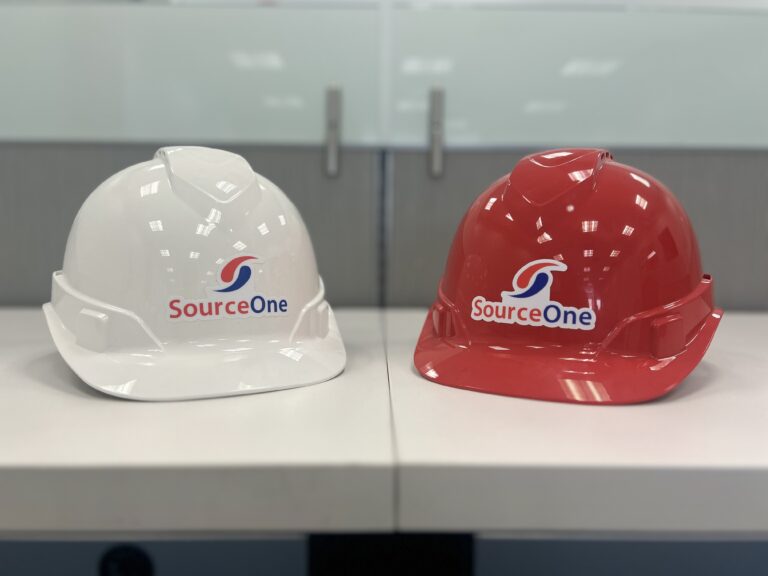
FAQ
Water Damage Restoration in Fort Lauderdale
The longer water lingers after a leak or flood, the greater the chance of costly, irreversible damage. Moisture seeps into porous materials like drywall, wood, and insulation, often spreading beneath the surface. Even if an area looks dry, hidden moisture can remain, creating ideal conditions for mold growth within 24-48 hours.
Delaying action can lead to worsening problems that may go unnoticed until significant damage occurs. Instead of taking a chance, any water intrusion requires a prompt and thorough response.
Immediately after water damage, locate and stop the source of water, shut off utilities like electrical appliances, move furniture or perishable items away from the affected area, document the damage with photos for insurance claims, and contact a water damage restoration company.
New water damage may take about 3-7 days for the drying and initial repair process.This can vary based on room size. Bigger areas affected need longer dry times, So it is critical to start the drying process immediately to prevent or decrease the potential of mold growth. Nonetheless there will need to be a specific protocol taken to restore your home or business.
The national cost average for water restoration in a home is $1,200 to $5,000, with the average homeowner paying around $3,000 for standard gray water extraction. Here in Florida average cost are between 1,300 to 5,600. The severity of the damage, type of water involved, and extent of repairs needed can affect the cost.
Most insurance policies cover water damage restoration services. With the frequency of significant rain and flooding in Broward County here’s some other helpful information to help prepare in advance. Florida Division of Emergency Management plans for and responds to both natural and unnatural disasters. FEMA also has a disasters and assistance program that helps with local resources when major storm events happen. As your trusted local restoration company, we have the experience to work directly with insurers to streamline the claim process.

